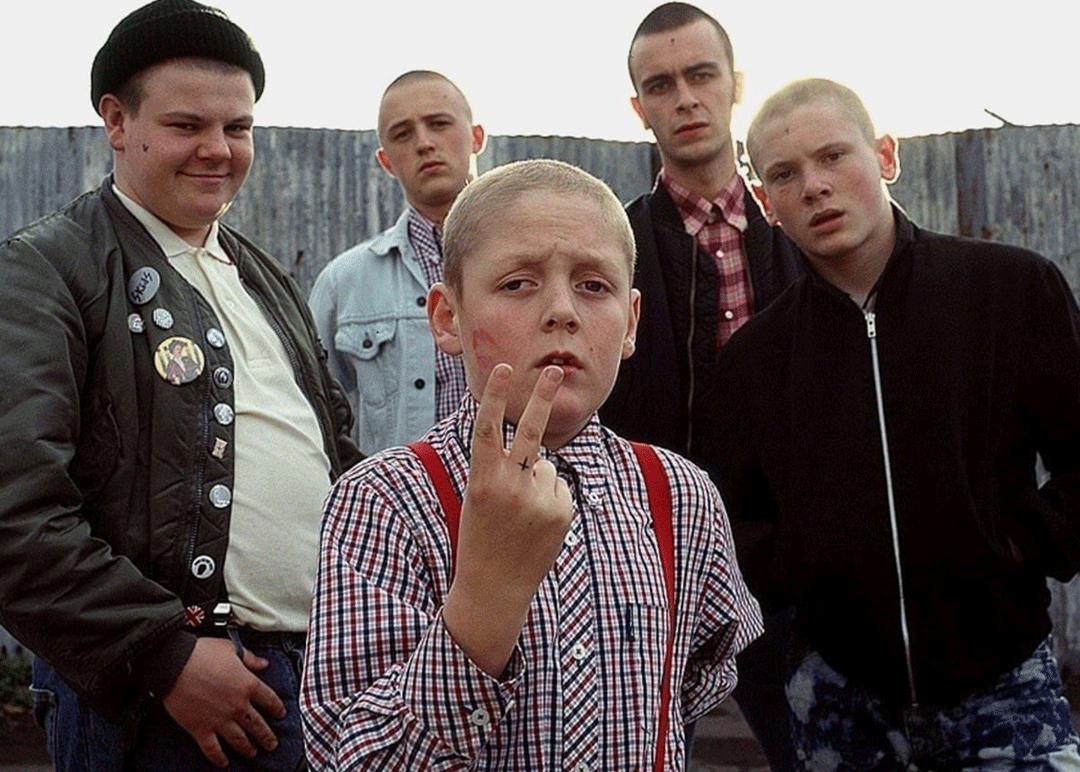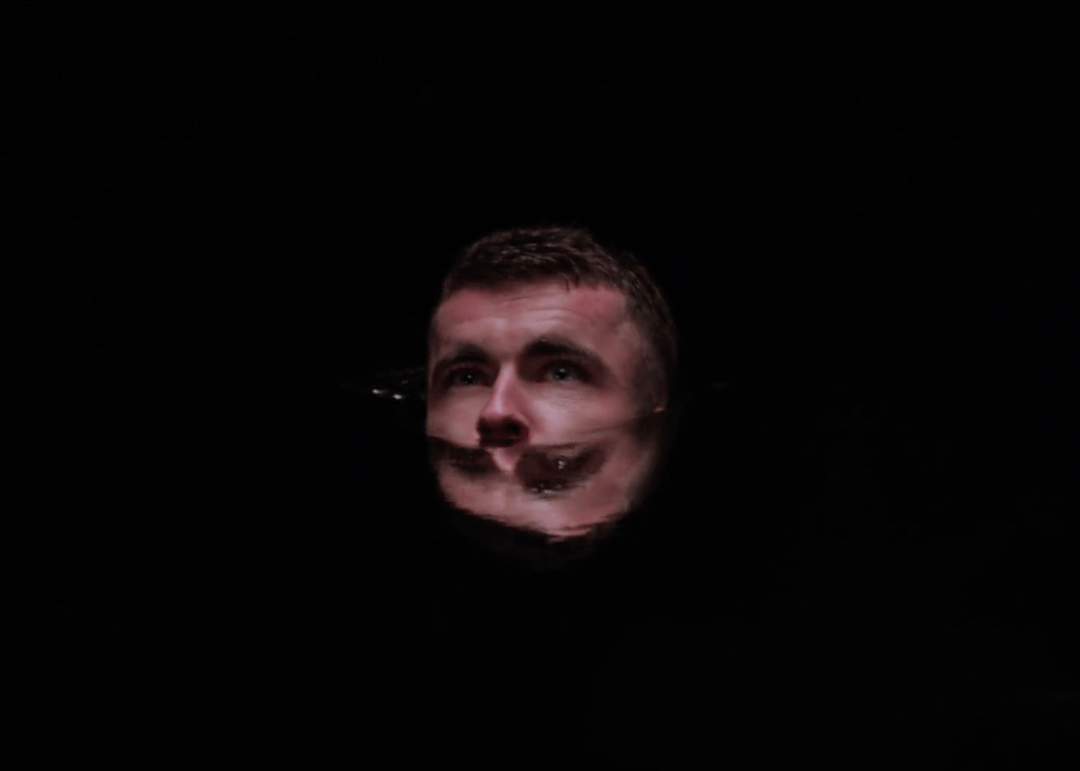GRITTY BRITISH CINEMA: 13 MUST-WATCH FILMS
British cinema is often overlooked by its flashier brother Hollywood, but at GATA we know this is a sin in the grandest sense of the word. For the uninitiated, British cinema may just be romantic comedies starring Hugh Grant, but there is a whole gritty world of stark drama and cockney gangsters waiting for you to experience.
Never fear though because we have been so kind as to compile for you our favourite moments in the history of British cinema. From extraterrestrial arthouse features to skinhead teenage gangs wresting with national identity, we are sure there is something for everyone to enjoy.
TRAINSPOTTING (1996)
“The” gateway drug into the gritty world of British cinema, Trainspotting remains one of the most influential films that defined its generation, from the grungy, pencil-thin fashion, to the pop-drenched soundtrack, everything about it screams iconic. Based on the novel of the same name by Irvine Welsh, Trainspotting remains a fascinatingly fast-paced, hallucinatory trip into the world of heroin addicts; a film that has aged beautifully, losing none of its infectious energy or charm. Definitely worth a repeat viewing.
THE ACID HOUSE (1998)
Based on Irvine Welsh’s short story collection, is 1998’s Scottish cult classic —The Acid House. A film so thick in the Scottish lexicon that in English- speaking countries such Canada and the United States, it was screened with subtitles because of the heavy Edinburgh accents. The film spans three different stories, ranging from Kafkaesque tales of profane Gods, acid trips and body transformations involving babies and flies. A film that will have you questioning your sanity for sure.
WITHNAIL AND I (1987)
“What a piece of work is man...” is the core philosophy of the titular character in Bruce Robinson’s 1987 film Withnail and I. It is this deep sense of irony and self loathing that comes to haunt Withnail and his relationships with others. Exploring the alternative subculture of struggling working actors in 1960 Camden, London, Withnail and I is a boozy trip filled with slurred arguments in pubs, lustful uncles and expressive Shakespearean soliloquies. So quintessentially British, this grimy black comedy is essential watching.
THIS IS ENGLAND (2006)
“What does it mean to be English?” That is the question that haunts the characters of Shane Meadow’s social realist classic—This is England. British cinema has often used the art form as a vehicle for exploring social issues concerning poverty, corruption and injustice in society and This is England is no different in that regard.
The film follows young skinheads in the early 80s of northern England, tracing the fragmentation that occurred within the subculture. With its initial roots in West Indies culture from the 1960s and ska, soul and reggae music, the film highlights how the subculture was increasingly appropriated by far-right and white nationalistic figures. Shocking, heartfelt and containing incredible performances from its ensemble cast, it’s no surprise that the film spawned multiple TV sequels.
HUMAN TRAFFIC (1999)
A coming-of-age cult classic that revolves around the drug and club culture of 90s; featuring drug-influenced conversations on Star Wars and the politics of weed smoking, Human Traffic is the teenage pot heads’ film of choice. Taking place over the course of a weekend, the film follows an ensemble cast of five friends partying, attempting to escape the banality of their mundane lives. Directed and written by Justin Kerrigan—who was just 25 at the time—the director tried to capture the authentic feeling of youths at the time. The film featured many instances of “breaking the fourth wall”, including documentary-style narrations and even a mid-film rendition of their own “altered” British national anthem.
DEAD MAN’S SHOES (2004)
Another entry from Shane Meadows, Dead Man’s Shoes is a gritty, psychological thriller that is definitely not for the faint-hearted. Inspired by real- life events in the director’s life, the film was initially conceived as a black comedy about a heroic social worker, but eventually took a much darker turn in terms of tone and themes.
The film tells the story of Richard, an ex-paratrooper who served in the British Army returning to his home town in Derbyshire to enact revenge on a group of drug dealers who wronged him. Like a beast stalking his prey, Richard takes his time following through with his plan, toying with his victims before disposing of them with little regard.
FISH TANK (2009)
Stark social realism is on the agenda for this film from Andrea Arnold. Written and directed by the director, the film follows lead character Mia, a 15-year-old social isolated teenager who finds herself in a complex relationship with her mother’s new boyfriend. Focusing on the reality experienced within an East London council estate for a single mother and her family, Fishtank embodies a quality of British cinema that is wholly unique. The ability to stay so true to reality that at times you forget you are watching a piece of art. Critical reception for the film was very positive with many critics praising the performances of Kate Jarvis and Michael Fassbender in particular.
NAKED (1993)
Naked is a gothic bohemian black comedy from 1993, that features a breakout performance from David Thewlis that launched him into stardom. Directed by Mike Leigh, Naked centres on Johnny, an intellectual conspiracy theorist who lives a vagabond and alternative lifestyle that at times is hard to grasp. The film is rife with themes, ranging from Thatcherite depression and claustrophobia. Described by many critics as Mike Leigh’s finest work, the film owes a lot to the work of Shakespeare and Jean Renoir and in that sense, it has a very literary book-like quality to it.
DON’T LOOK NOW (1973)
A chillingly psychic thriller from the mind of Nicolas Roeg, Don’t Look Now is a classic title from a golden era of British cinema. Adapted from the 1971 short story by Daphne du Maurier, Don’t Look Now faced heavy censorship when it was originally released in cinemas. The film included a rather graphic sex scene that by today’s standards seems tame, to say the least. However, to focus on this aspect alone would be missing the point and doing an injustice to its creators.
The film is an arthouse take on the psycho-horror genre, that explores ideas of death, the occult and grief. Heavily influential, the film has gone on to inspire such filmmakers as Danny Boyle and Lars Von Trier—Von Trier’s film Antichrist in particular shares many thematic and narrative similarities.
THE LONG GOOD FRIDAY (1980)
Part of the BFI Top 100 British films, and featuring a breakout performance from Bob Hoskins, is a sinister gangster tale—The Long Good Friday. Viscously funny— a trait often found in British cinema—the film blends a dark humour with a constant feeling of uneasiness and suspense. All the while Bob Hoskins spends the length of the runtime chewing up the scenery, baring his evil smile and leering through the camera lens into the very soul of the audience. He seems to embody the character that he is attempting to portray, that for a split second we almost get lost in the personality that he has constructed.
28 DAYS LATER (2002)
Featuring a hauntingly deserted central London, reminiscent of recent COVID induced lockdowns is the British take on the zombie genre—28 Days Later. Winner of the “Best Horror Film” award at Saturn’s Academy of Science Fiction, fantasy and horror films and described by Stylus Magazine as the second-best zombie movie of all time, 28 Days Later introduces a new take on zombies, turning them from lumbering, docile creatures to rage-filled, fury engulfed beasts. Featuring a script from writer Alex Garland—known for his science fiction films such as Ex Machina, and 2018’s Annihilation—the film centres on a more character driven story that cares more about the inner turmoil of it’s survivors than the monsters themselves.
KIDULTHOOD (2006)
Drugs, teenage violence, house parties, this is the youth experience; a real depiction of the reality of growing up in London. Kidulthood is a 2006 film written by Noel Clarke, and directed by Menhaj Huda that tells the story of a group of teenagers navigating the trials, tribulations and temptations of being a youth in West London. Incredibly relevant, funny and exhilarating, this film is like a shot of adrenaline.
UNDER THE SKIN (2013)
Under the Skin is a 2013 science fiction film that blends arthouse aesthetics with improvised and amateur performances. Featuring an eerie and futuristic score by experimental producer Mica Levi, Under the Skin is an atmospheric experience that leaves you mesmerised by its haunting visuals. Like the films of Stanley Kubrick and Tarkovsky, Under the Skin is a film that is light on traditional narrative structure and heavy on alluring visual content. An interesting fact about the film is that many of the scenes were filmed using hidden cameras, and many of the cast were chosen without having previous acting experience.

























